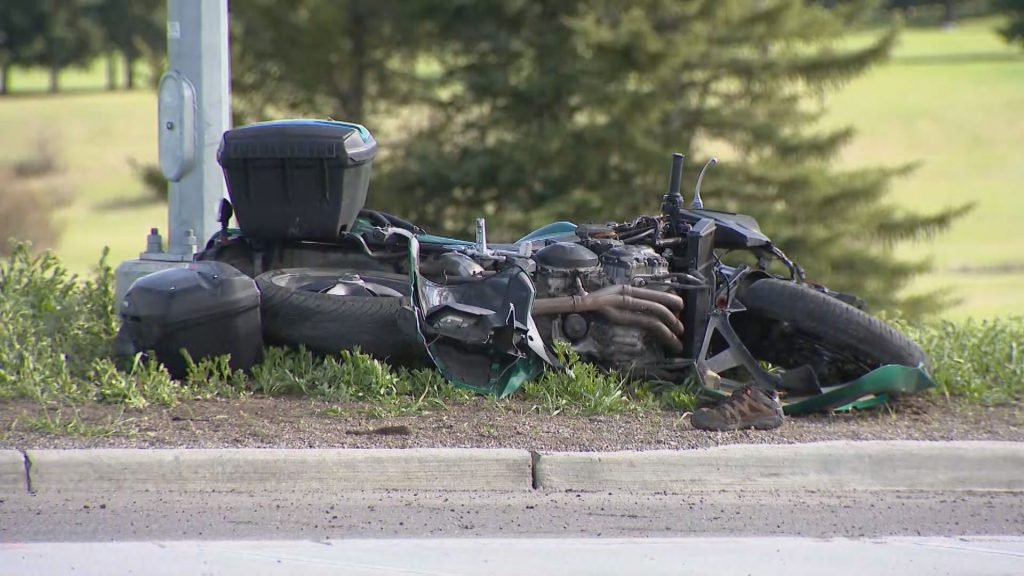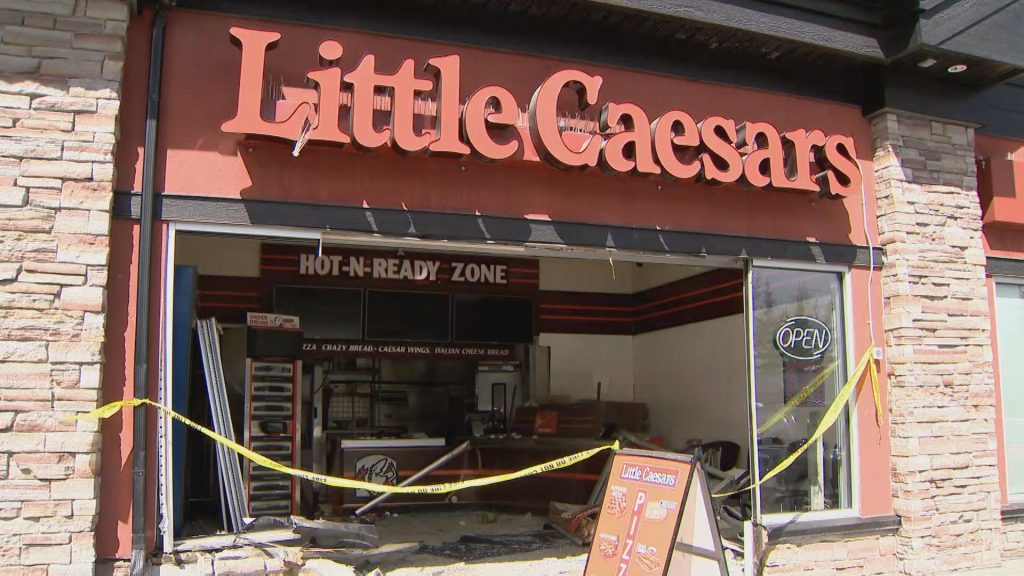Gun seizures increasing at Alberta-U.S. border crossings
Posted Aug 20, 2019 3:19 pm.
Last Updated Aug 20, 2019 3:36 pm.
CALGARY (660 NEWS) — After Canadian police chiefs talked briefly about gun violence during a conference in Calgary this month, border officials are reporting an increase in firearm seizures in southern Alberta.
READ MORE: ‘Human resources, gun violence on the agenda as police chiefs meet in Calgary’
Gun violence has been increasing in Canada, including in Calgary, with talk starting to grow around a possible handgun ban.
But at the time, the Canadian Association of Chiefs of Police said a ban would likely have little effect, due to weapons that come across the American border.
“Regardless of what the laws are in Canada, there will always be a flow of firearms coming from the United States into Canada,” said CACP President and Vancouver Police Chief Adam Palmer. “We don’t want anybody to be under the misconception that there is a magic solution — that all of a sudden you ban weapons that we’re not going to see them in Canada.”
There’s now a more clear picture of this flow of firearms, according to Canada Border Services Agency spokesperson Luke Reimer.
“In 2019, the CBSA in southern Alberta has seized 36 undeclared firearms at land border crossings as of August 5. For comparison there were 40 firearms seized through all of 2018, and 52 firearms seized through all of 2017,” Reimer said.
It is something that is constantly on their mind.
“We take the issue of firearm smuggling very seriously. Firearms and weapons are considered high-risk commodities,” Reimer said. “Our border services officers are always on the lookout for illicit firearms, to ensure these goods remain off our streets and out of local communities.”
READ MORE: ‘Gun violence worries both sides of the border’
Reimer added that in the majority of cases, these are personal firearms belonging to American citizens visiting Canada or driving through Canada to get up to Alaska.
But the CBSA also wants to get the message out that taking an undeclared weapon over the border is a severe risk, and can result in charges.
In May, a 41-year-old Florida man was arrested and charged after trying to cross the border at North Portal, Saskatchewan with 12 undeclared firearms — including shotguns and handguns — and overcapacity magazines.
Then, in another concerning case just earlier in August, an American traveller was arrested for taking five guns, 23 overcapacity magazines and several prohibited knives across the border.
Officers at the #NorthPortal, #Saskatchewan border crossing seized five guns, 23 overcapacity magazines, and three prohibited knives while searching a traveller’s pickup and cargo trailer on August 7. pic.twitter.com/AQQDJfY1Gd
— Border Services PRA (@CanBorderPRA) August 15, 2019
Counting Saskatchewan seizures along with Alberta, the CBSA said they have seized over 65 guns in 30 separate cases between January and August of 2019.
There is always a risk of organized crime playing a role in these seizures, so border agents consistently collaborate with other police forces to keep each other up to date.
“Our intelligence program plays an important role in the identification of border-related risks, such as firearm smuggling connected to organized crime, and the CBSA collaborates with other domestic and international law enforcement agencies to enhance the intelligence program and Canada’s border security,” said Reimer.
Further, there are constantly efforts at postal facilities to make sure illegal firearms are not coming through the mail.
Travellers are advised to keep up-to-date with all the rules governing the transport of guns and ammunition and Reimer said even if you have a prohibited firearm in your possession at the border, as long as you declare it you will not face any criminal charges.
“But travellers who do not declare them are breaking the law, and will be treated accordingly.”
The Office of the Minister of Border Security and Organized Crime Reduction also sent a statement to 660 NEWS saying there are no plans for a handgun ban at this time, but if it does become a priority, there will be ample consultation with Canadians.
In the meantime, the government has provided CBSA and RCMP with $86 million to invest in a detector dog training facility, expanding x-ray technology at postal centres and air cargo facilities, and providing training on the detection of concealed goods in vehicles crossing the Canadian-American border.










